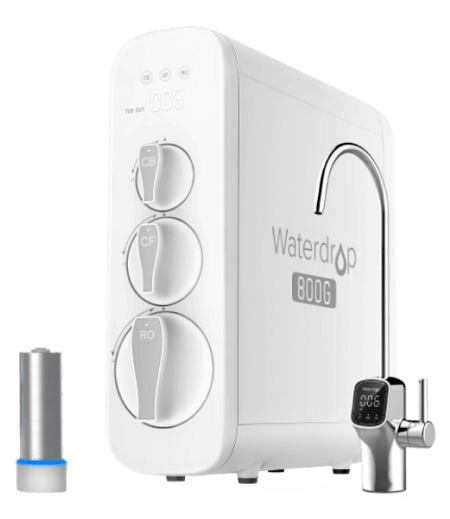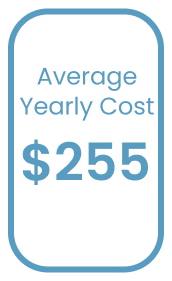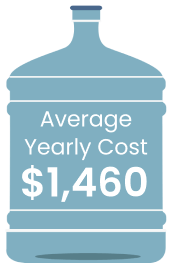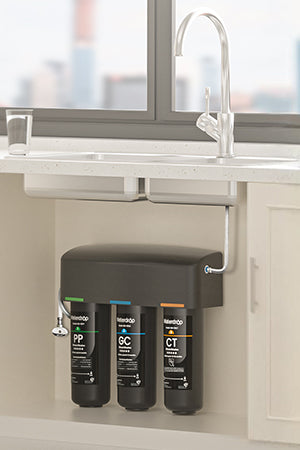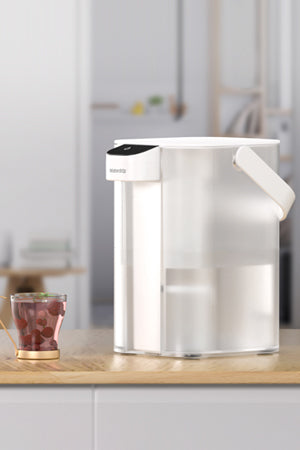Bottled water dispensers offer convenient access to clean water in homes, offices, and
public spaces, making hydration quick and easy. They don't need a plumbing connection,
allowing flexible placement, and can dispense both cold and hot water (depending on the
model). However, it's crucial to recognize that while they offer convenience, there are
drawbacks to consider.
Have you ever noticed the significant space occupied by bottled water dispensers or faced
the challenge of maneuvering heavy water jugs for replacement, risking spills and potential
injuries? Changing those large water bottles can be especially inconvenient for older adults
and children, given the weight and size of the 5-gallon jugs. This struggle in handling and
replacing the bottles further highlights the practical downsides of relying on bottled water
dispensers.
Yet, these are just the beginning. There's more to consider, including potential
environmental impact, water expenses, and health implications. It's worth delving deeper
before making a decision.











